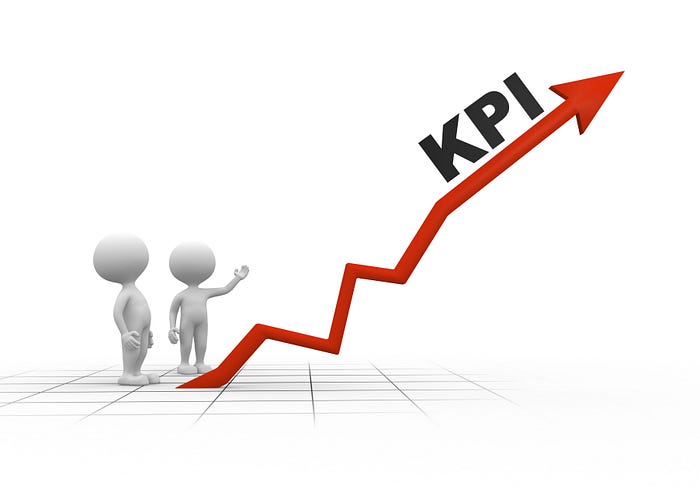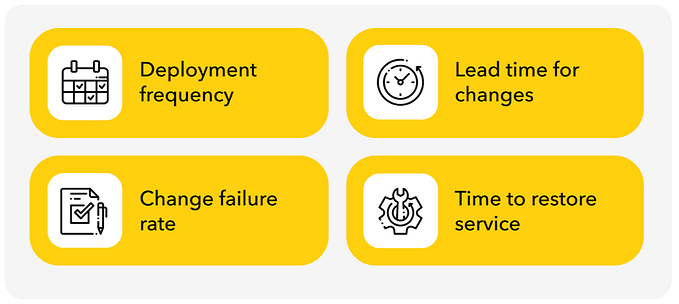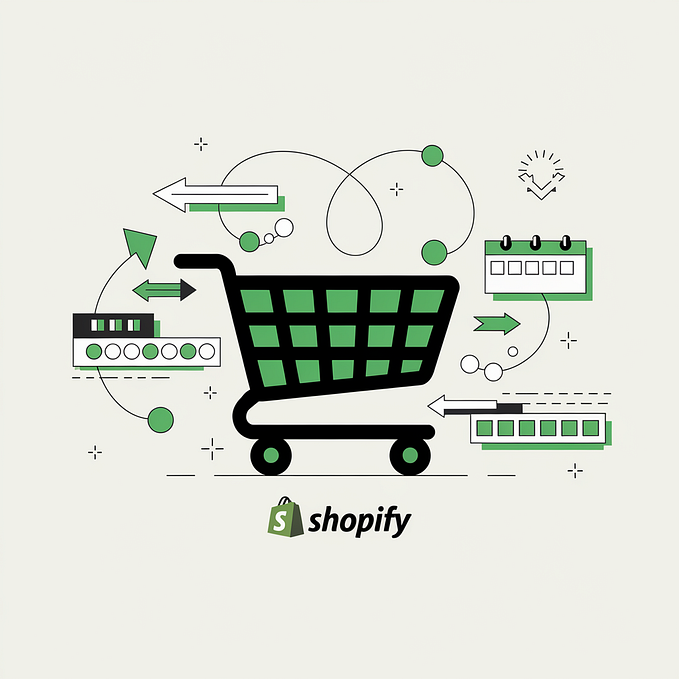KPI — SLA and Penalties
If you ever sit in a business meeting or are going through a business evaluation report, it likely that you will hear the words ‘KPI’, ‘SLA’, ‘Penalty’ quite often, but if you ask even the top business analysts what these terms mean or what is the difference between them, it is quite likely that you would not receive satisfactory answers.

The reason behind this is, KPI or Key Performance Indicators and SLA or Service Level Agreements are ubiquitous in modern business and often misunderstood with each other. In most companies, you will find a huge difference between software development teams and marketing teams, if aligned they can create a huge impact on the business growth factor and achieve what the customers want to their fullest satisfaction. And what is the way to do that? That would be to understand KPIs and SLAs. So, lets dive into it!
What are KPIs?
To explain in a simple manner, KPIs or Key Performance Indicators are parameters that analyse how well a company, business or individual is doing with respect to their strategic goals and if they are headed in the right direction.
Usually what happens is that the upper management is not aware of the specifics or the problems the development team is facing, and the development teams don’t appreciate the rationale behind the business decisions. This creates a disconnect between the two. The solution to this can be the use of correct KPIs.

So, What all does a KPI aim to do?
1. KPIs provides a focus for strategic and operational improvement.
2. Creates an analytical basis for decision making.
3. Helps focus attention on what matters most.
KPIs can be created for anything — business processes, technologies, resources, or even the overall performance judging by the growth, revenue generation, returns on investments or other decision making criteria of the organization.
They are created with the aim of reducing the complexity in evaluating prior decisions and the resulting impact and consequences. This can prove to be very beneficial when you want to evaluate the performance of your business in a holistic manner and view it from various perspectives. This will ultimately help you in finding the best results for your business.
Some essential KPIs for software development teams include:
- Writing Stable Code
- Writing Testable Code
- Working on Code Churn
- Writing Simple Codes
- Sharing Knowledge
- Supporting Each Other
What can be considered as a good KPI?
✔ The one that provides objective evidence of progress towards achieving the aimed goal.
✔ That measures what is intended to be measured in order to help in the decision making process.
✔ That offers a comparative study between the process made and the changes over time.
✔ With which efficiency, effectiveness, quality, timeliness, governance, compliance, behaviours, economics and project performance can easily be analysed.
✔ Is balanced between leading and lagging indicators.

Common mistakes you can make with your KPI:
1. Not aligning KPIs to your business strategy and decision making process.
2. Measuring everything that can be measured and not just the things that should be measured.
3. Working on the same measures as everyone else and not bringing originality.
4. Dumping all the KPIs together and just creating a huge lump of data — that will not be analysed.
5. Hardwiring KPIs to incentives.
What are SLAs?

One of the easiest, yet the most crucial way in which you can align your sales and marketing efforts is by deriving a Service Level Agreement or a SLA. It is a contract that establishes a set of deliverables that one party has agreed to provide to the other.
If you have a business, a SLA may be created between you and the customer stating all that has been discussed, so that either of the parties cannot wrongly accuse the other of foul play later. An SLA is needed to support the performance of operations that depend upon the underlying services provided by the vendor. Various levels of service may be offered at different pricing ranges and customers often make an optimal trade off between service level and cost.
The measured metrics and performance indicators also allow both the vendor and customer to identify, track, report and evaluate the true measures defining real-world business needs and performance.
SLA can be divided into 3 categories:
1️⃣ Service-based: The terms of service customers can expect are similar for all customers on a service-based service level agreement.
2️⃣ Customer-based: A more customized service level agreement is customer based.
3️⃣ Multi-level: This category of SLA agreement splits into different levels to address a different set of customers who are using the same service.
SLA Vs KPI
Now that we have a clear understanding of the two terms, let us look at the difference between the two with an example. Let us understand in a terminology that we all understand — Driving a car.

When driving your car, KPIs can be measurements like your speed, oil level, thermostat temperature, coolant level, etc.
SLAs are things like speed limit, minimum oil level, optimal thermostat temp, minimum coolant level.
Thus your KPIs are like your gauges which give you a high-level view of the performance of your vehicle (i.e. your business). SLAs are like speed limit laws or manufacturer’s recommended settings necessary for the optimal performance of your vehicle.
SLAs is the terms of agreement and service standards between business providers and the customers, the KPIs will be used to measure and monitor the performance levels. SLAs will be used to define KPIs as such measures of service performance.
What to do if one party violates the SLA?

A SLA is a binding contract that prevents any foul play between the parties concerned, but still if they do occur — certain Penalties are used to get justice to the fouled party. The service level agreement penalties are disciplinary measures, sometimes monetary, sometimes service-related, that exist not to save money or damage the service provider, but to make sure the terms of the contract are maintained.
Common Types of Penalties:
1. Financial penalties: With these, the vendor will be required to give a reimbursement to the customer about the amount of damages that was agreed upon in the contract.
2. Service credits: With these, the vendor will reimburse the customer for the cost of the work that was done or offer credit for future work to be done. In either event, actually funds are not being transferred.
3. License extension or support: With this, the vendor will be required to extend the license’s term or offer further support to the customer without charge, which may include development and maintenance.
Outline
SLAs and KPIs might seem similar but in reality are very different. They are dependant on each other, and provide important information about the project that might be undertaken by a company. This can help the customer and the company to come to an agreement about the functional and non-functional requirements of the project that must be incorporated. Fixating on correct KPIs and the use of SLA can help bridge the gap between the software development teams and the business management teams. This in turn will lead to the overall development of the business.
Authors:
- Tanya Agrawal (Medium: Tanya Agrawal)
- Soham Bhure (Medium: Soham Bhure)
- Mihir Tale (Medium: Mihir Tale)
- Ganesh Tarone (Medium: GANESH TARONE)
- Rutuja Walke (Medium: Rutuja walke)




